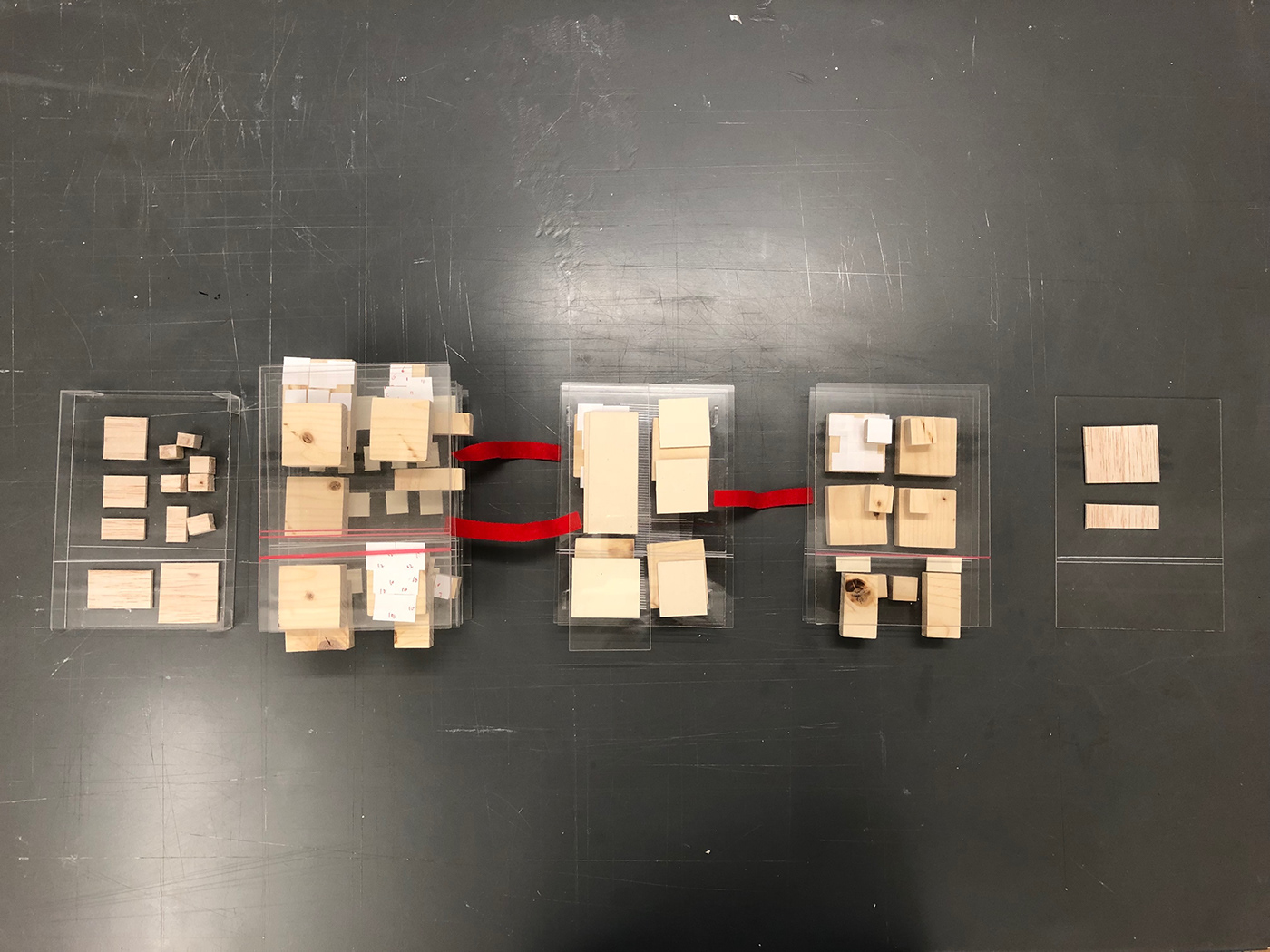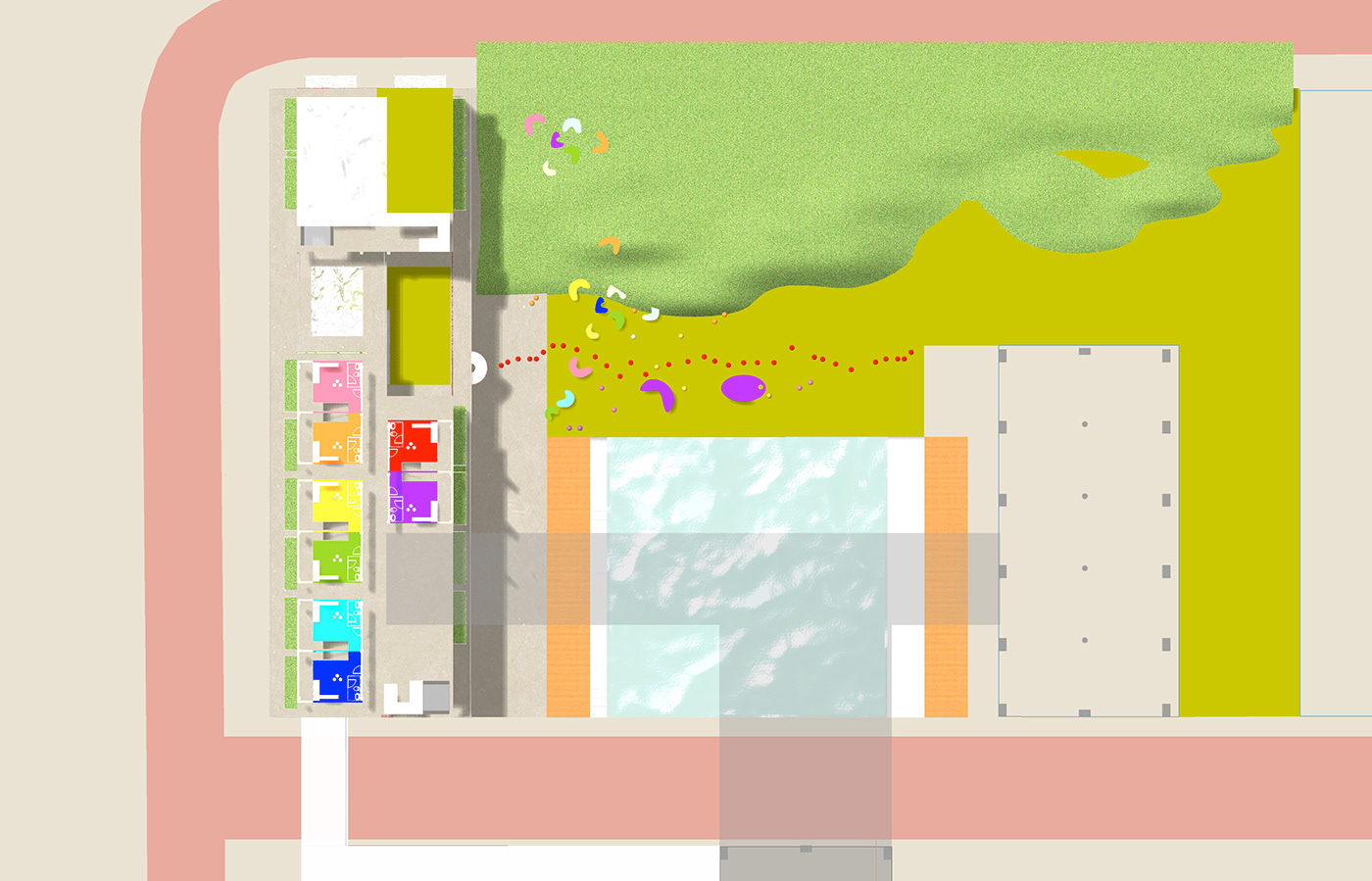90s UTOPIAN TOWN

Community Live-Work: Re-Thinking Creative Co-Work Lifestyle
RISD Intar Fall2018
Critic: Janet Stegman

In this major requirement Introduction 3 studio we looked at human factor and needs.
Target occupants are group of young professionals who mainly works at home and in creative work studios, thus need community connectedness, potential inter-disciplinary communication, while maintaining respect of various degree of habitat privacy needs.
90s Town aims to bring design solutions to creative field young professional community live-work lifestyle. 90s "Utopian" aims to introduce the "community live-work" model as improvement to contemporary metropolitan co-work space.

As a class we were divided into 7 groups, researched on topics/ contemporary/precedents/ social issues/typologies of: Micro-housing, Multi-generational Housing, Live-work space, co-housing, modular housing, pre-manufactured components(flat-pack).
1. PROGRAMMING




2. BLOCKING AND STACKING









3. COMPONENT DEVELOPMENT: Unites and Community shared facilities












This is the end of first half of design phrase. No given site until this point, so all unites and community facilities are based on user need.
Second half of design phrase starts with site analysis. The site is located in an office industrial area in south Boston, socioeconomics class are highly diverse.































After studying and visiting the site, the biggest challenges for me is to fit my scattered islands-skybridge prototypes into the long and narrow existing host structure. I thought of connections with neighboring structure, which eventually push the design and lead to the solution of public-co-working and private-live-work. How much can the existing structure compromise and how flexible can the design concept be for the two to marry together and reach the optimal solution? As a planner I have to make multiples decisions on which part to adaptive reuse and keep, as well as which part to get rid of based on the design rules that was set by user and program.






























